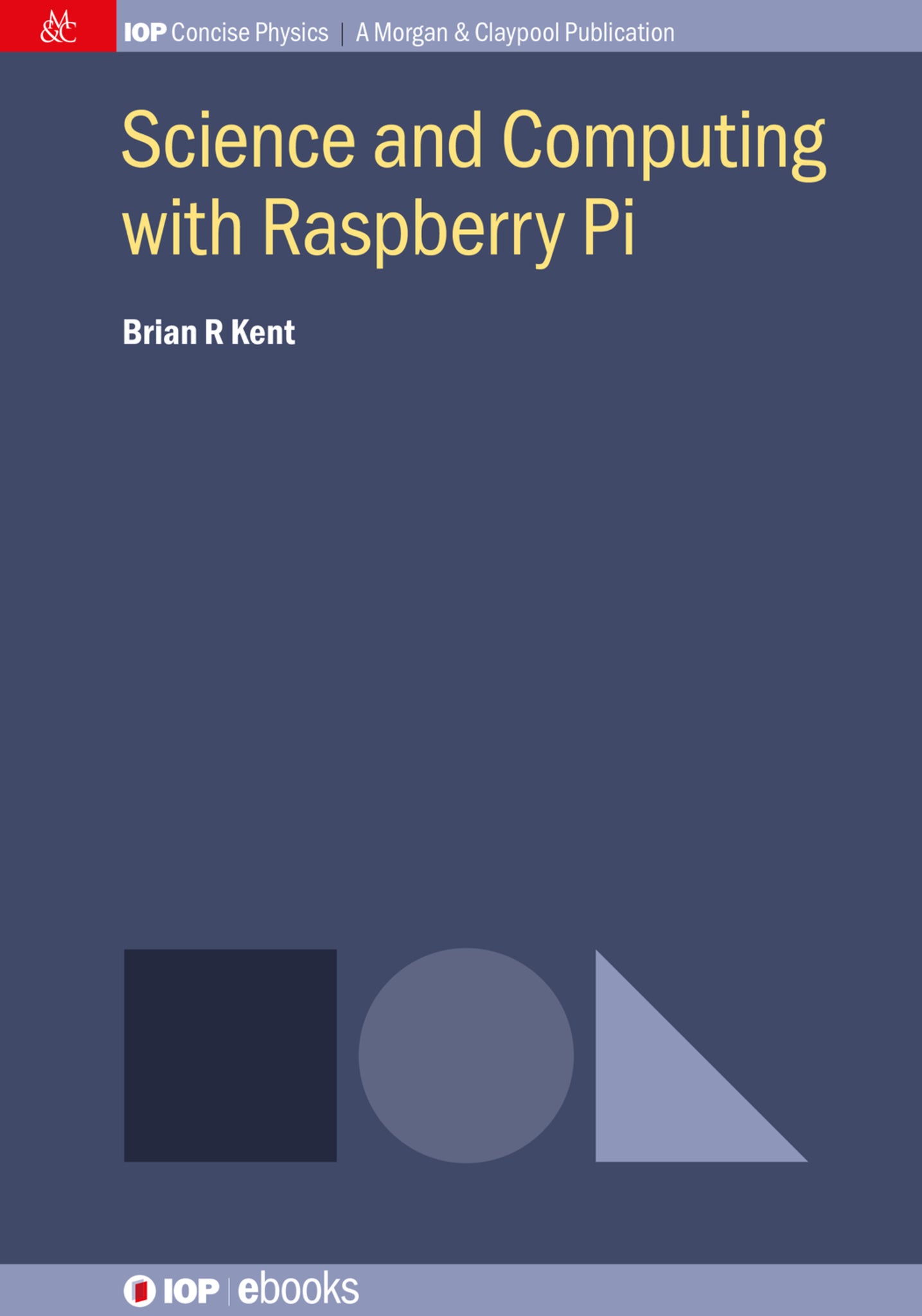We're sorry. An error has occurred
Please cancel or retry.
Science and Computing with Raspberry Pi

Some error occured while loading the Quick View. Please close the Quick View and try reloading the page.
Couldn't load pickup availability
- Format:
-
29 June 2018

The world of single-board computing puts powerful coding tools in the palm of your hand. The portable Raspberry Pi computing platform, with the power of Linux, yields an exciting exploratory tool for beginning scientific computing.
Science and Computing with Raspberry Pi takes the enterprising researcher, student, or hobbyist through explorations in a variety of computing exercises with the physical sciences. The book has tutorials and exercises for a wide range of scientific computing problems while guiding the user through: configuring your Raspberry Pi and Linux operating system; understanding the software requirements while using the Pi for scientific computing; computing exercises in physics, astronomy, chaos theory, and machine learning.

SCIENCE / Physics / General, Physics, COMPUTERS / Hardware / Mainframes & Minicomputers, COMPUTERS / Languages / Python, SCIENCE / Physics / Mathematical & Computational, Mathematical physics, Mainframes and minicomputers, Programming and scripting languages: general

Preface
1 Raspberry Pi 1.1 Single-board Computing 1.2 Why Raspberry Pi?
2 Setting Up Your System 2.1 Hardware configuration, requirements, and limitations 2.2 Understanding Linux 2.3 Python 2.4 Mathematica and Wolfram Alpha 2.5 Sources of astronomical science data 2.6 Using revision control 2.7 Jupyter Notebooks 2.8 Coding Pedagogy
3 Chaos and Non-linear Dynamics 3.1 A Two Dimensional Pseudorandom Walk 3.2 Logistic maps, Bifurcation, and Chaos 3.3 Cellular Automata
4 Physics and Astronomy 4.1 A Simple Pendulum 4.2 The Double Pendulum 4.3 Hydrostatics 4.4 Astronomical Catalogs 4.5 The Lane-Emden Equation 4.6 Radiative Transfer
5 Machine Learning 5.1 Spanning Trees 5.2 Neural Networks and Classification
6 Image Combination and Analysis 6.1 Creating a Multi-wavelength Astronomical Image 6.3 Manipulating Astronomical Data Cubes A Mathematica Shortcuts and Help B Important Python Modules and Resources Bibliography Index



